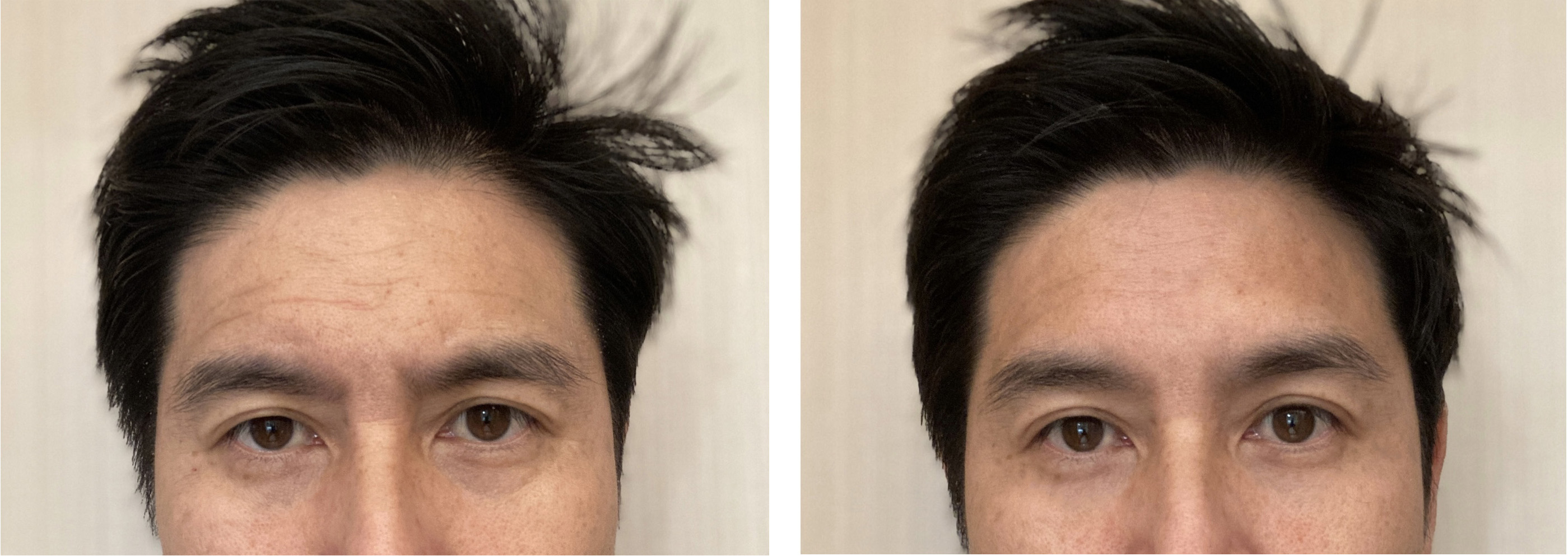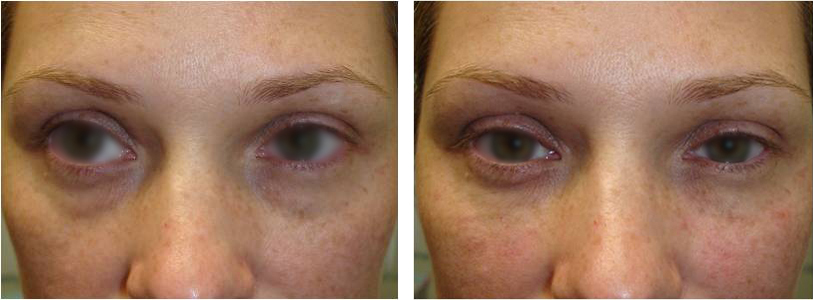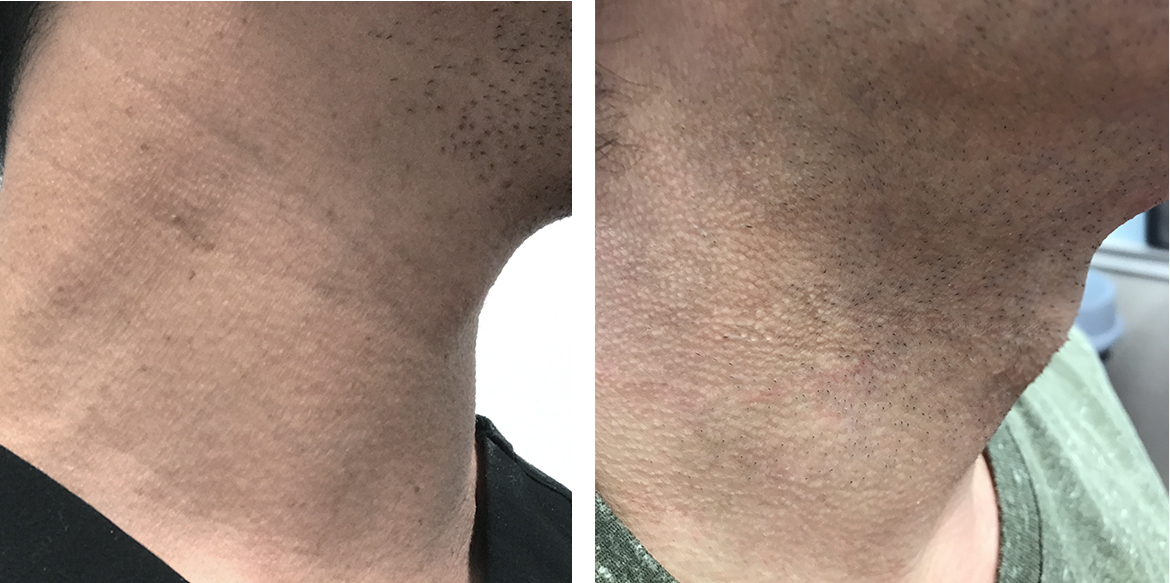Restylane Refyne & Defyne, Restylane Silk, & Restylane Lyft (formerly Perlane)
Introduction
Hyaluronic acid is a hydrating substance found naturally in skin and soft tissue, providing volume and youthfulness to our appearance. As we mature, there is depletion of hyaluronic acid in our skin and soft tissues, leading to wrinkles, folds, and sagging. Restylane® is a hyaluronic acid soft tissue filler which received FDA-approval for cosmetic use in 2003. Restylane®’s counterpart, Perlane®, received FDA approval in 2007.
Dr. Liu is a recognized expert in Restylane filler treatment techniques, training other physicians through the Galderma GAIN Training Programs and P.A.L.E.T.T.E. Live Injection Training Programs for advanced techniques.
How are Restylane® and Perlane® useful?
Restylane® is the most studied dermal filler in history with over 1 million treatments in the United States. With years in clinical use, Restylane® has been reported to be useful in correcting many findings related to facial and body rejuvenation. The most common treatment areas are: nasolabial folds (smile lines), perioral lip lines (smoker’s lines), marionette lines (downward turned smile), glabellar crease (frown line), chin creases, volume restoration of cheeks, and volume restoration of temples. In Dr. Liu’s cosmetic practice, Restylane® is particularly useful in erasing the tired appearance underneath the eyes. Restylane®’s fine composition along with precise injection technique yields natural volume correction of this delicate anatomical area. Perlane®’s larger molecule in combination with the structural cross-linking is very useful in providing volume and lift in areas of large volume loss.
 |
Left Photo-Evolving forehead lines, crow's feet wrinkles, and volume loss of undereye.
Right Photo-Fine line filler technique used for forehead and crow's using Belotero and Refyne. Cannula filler technique using Vollure for undereye. Patient preferred not to have Botox to retain full motion of face. |
*actual patient case of Dr. Liu©
 |
Before-Significant Loss of Baby Fat at the Eyelid/Cheek Junction Along With Early Fat Pad Herniation
After-Volume Restoration Using Restylane Along the Eyelid/Cheek Junction Succesfully Corrected Most of the "Eyebag" |
*actual patient case of Dr. Liu©
 |
Before & After-Restylane for Shadow/Darkness Under Eye |
*actual patient case of Dr. Liu©
 |
Left Photo-Young patient early 20's with genetic volume deficiency of undereye fat pad and lower eyelid skin creases.
Right Photo-Structural placement of Volbella to undereye fat pad and fine line filler injection to the lower eyelid creases using Restylane Refyne and Belotero |
*actual patient case of Dr. Liu©
 |
Left Photo-Neck Lines & Crease
Right Photo-Refyne, Vollure, & Volbella to lift and smooth lines |
*actual patient case of Dr. Liu©
What should I do before treatment?
Before treatment, you should discuss with Dr. Liu your medical history, including allergies and medicines. If you are taking blood thinners, ask your doctor if it’s safe to discontinue prior to Restylane® treatment to reduce the risk of bruising. Restylane® treatment is contraindicated in certain situations; some of these are listed below:
- History of multiple severe allergies
- History of allergies to Gram-positive bacteria proteins
Do Restylane® and Perlane® injections hurt?
The procedures are well tolerated. Various methods for comfort are available including gentle nerve blocks, topical numbing cream, cooling of the skin, and/or mixing of anesthetic solution with the filler.
What is the recovery time?
The majority of patients have none to minimal down time. Occasionally, a bruise may develop, which resolves in a few days. If you take a blood thinner medication, ask your doctor if it can be discontinued prior to Juvederm® treatment, to minimize the risk of bruising. There may be some swelling noted after the procedure, which can be minimized with ice and rarely lasts more than a day.
How long does it last?
Most patients can expect immediate and sustained results between 6 to 12 months.
Are there any side effects?
Side effects are uncommon and usually minor and temporary if seen. You may experience soreness or bruising at the injection site. Occasionally, people experience lumpiness or irregularity in the treatment area. These typically resolve with gentle massage or observation.
What do I do after the treatment?
After care instructions will be provided by your treatment team.
|










